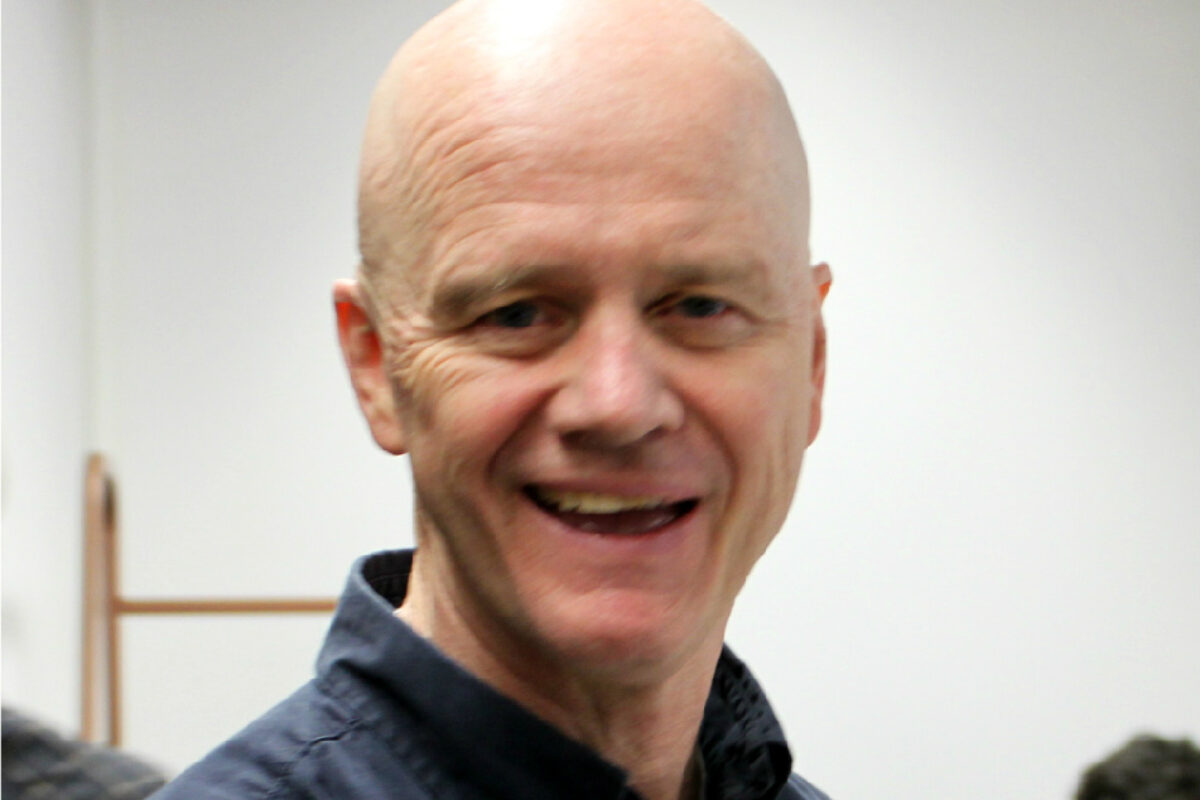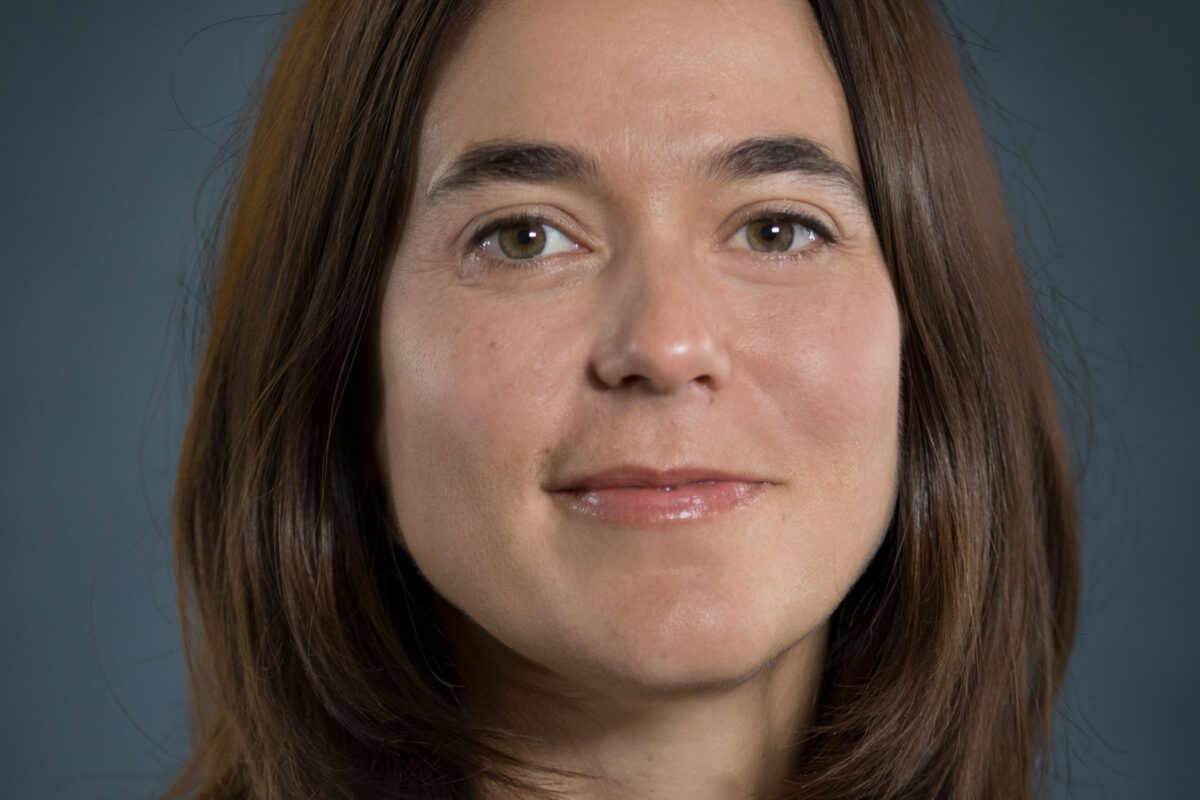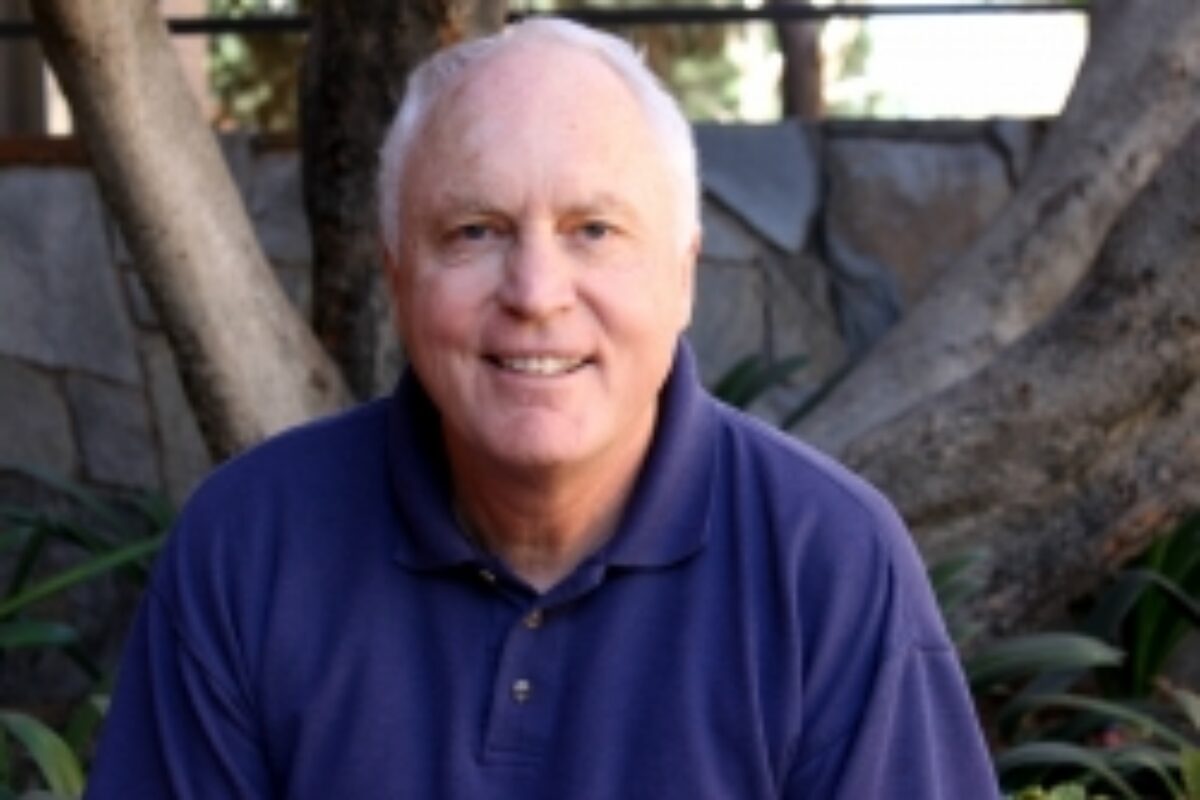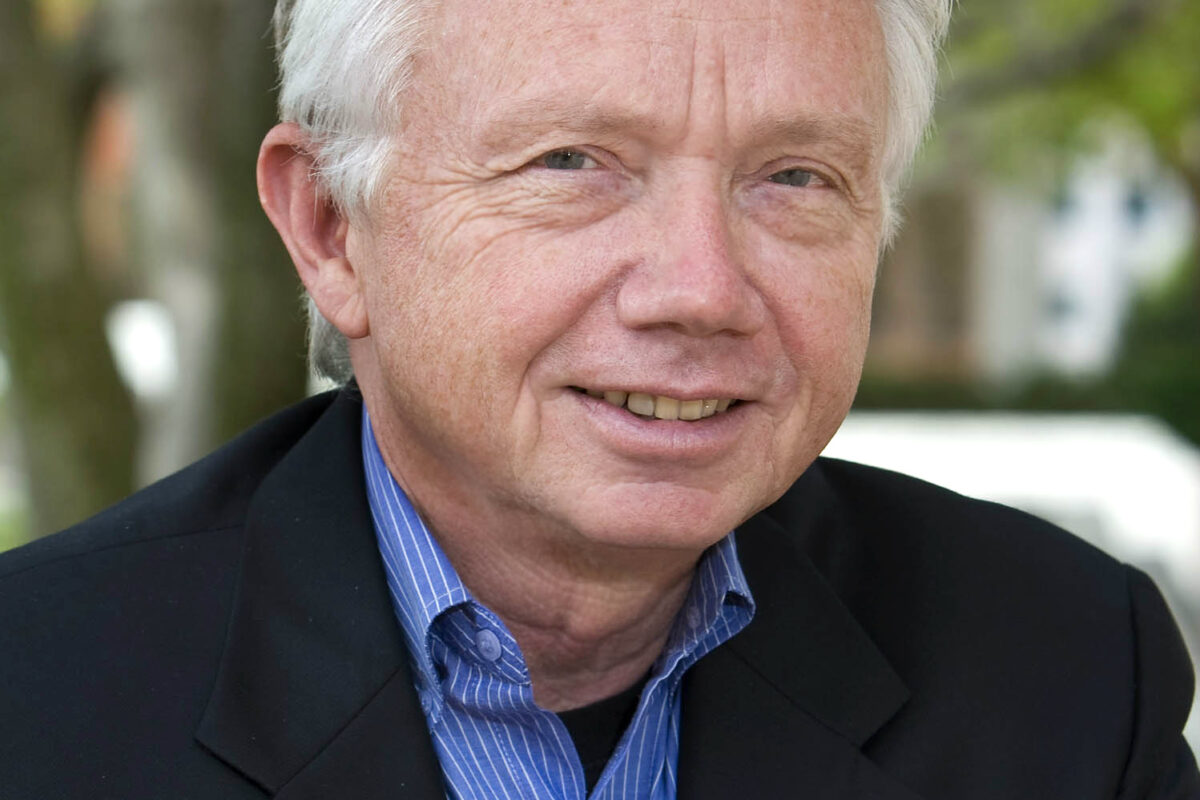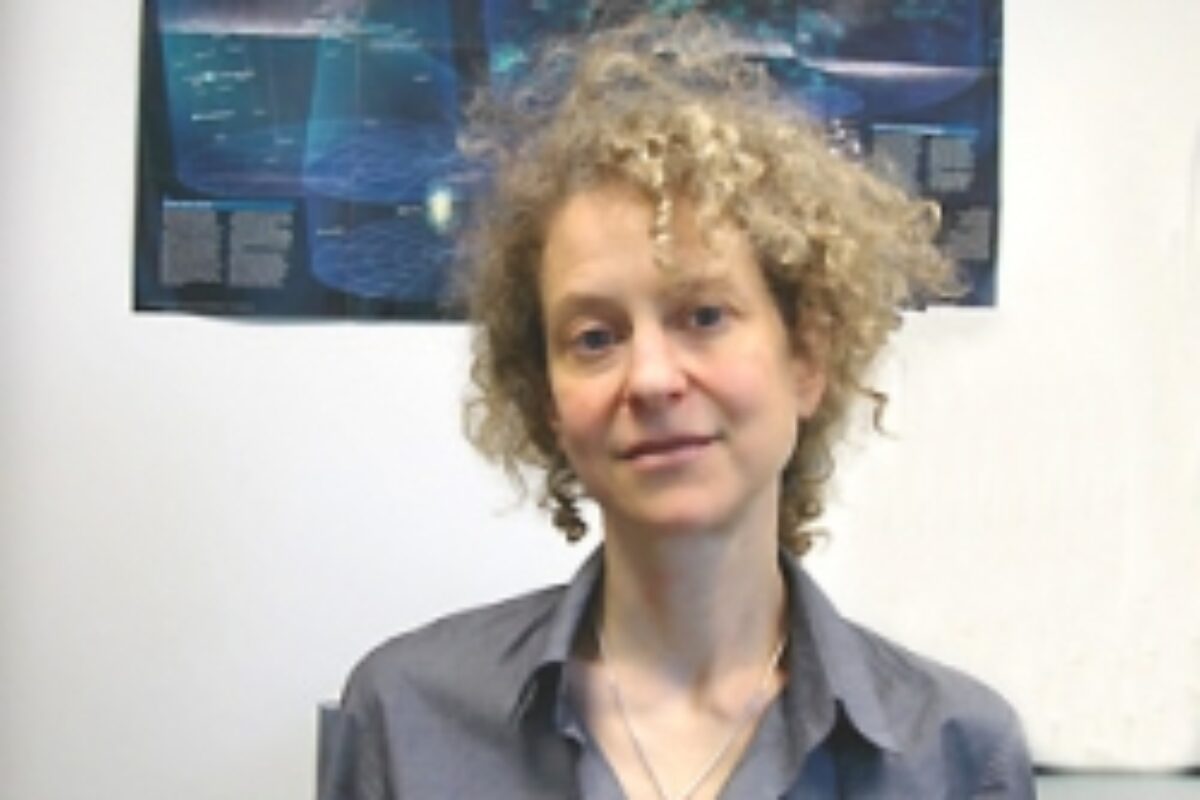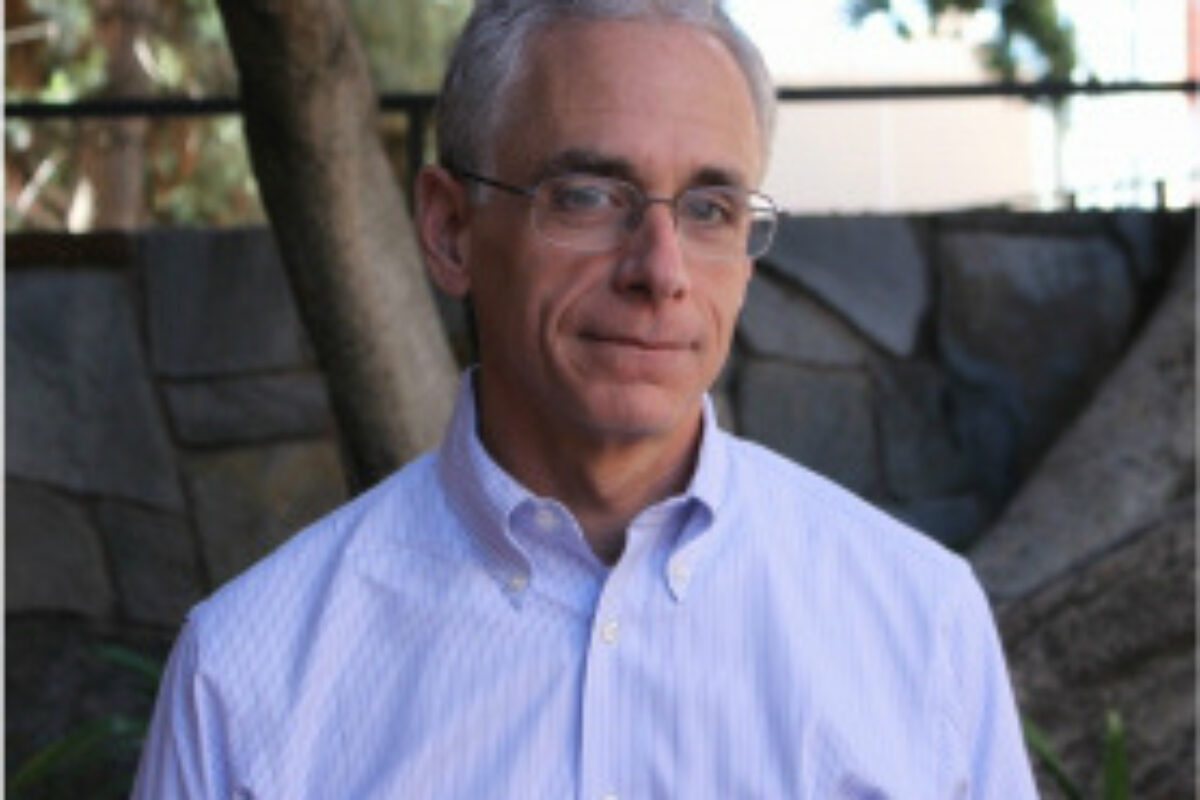Christine Samuel-Nakamura worked for multiple years in several Indian Health Service (IHS) and tribal hospitals/clinics as a nationally board certified Family Nurse Practitioner (FNP). A portion of her clinical work focused on chronic health conditions such as diabetes, renal failure, autoimmune disorders, and cancer. Her clinical work with these chronic health conditions led her to contemplate whether there is a connection between these chronic conditions and the community environment. These hypotheses ultimately led to her research question and work examining environmental contamination from U and other heavy metals. Dr. Samuel-Nakamura received her doctorate from UCLA and her dissertation study focused on U and associated heavy metals in the food chain on the Diné (Navajo) reservation. Her postdoctoral work examined U and heavy metals in a common AI herbal tea plant. Before joining the UCLA SON, Dr. Samuel-Nakamura was a Lecturer in the UCLA Interdepartmental Program in American Indian Studies (IDP-AIS). She is a member of the Diné Nation.
Dr. Krause is the former Director of the NIOSH Southern California Education and Research Center and Professor in Environmental Health Sciences at UCLA. Before his appointment at UCLA, Dr. Krause has been associate professor in residence in the Division of Occupational and Environmental Medicine of the Department of Medicine at the University of California San Francisco. He received his medical degree and a doctoral degree in orthopedic medicine from the University of Hamburg, Germany, and a doctoral degree in epidemiology from the University of California Berkeley. Dr. Krause retired from UCLA in 2021 but remains an emeritus member.
The focus of the laboratory is to determine the reasons for differential mouse strain responses to chemical agents that cause birth defects (teratogens). One of the malformations that has been induced by a wide variety of teratogens is postaxial forelimb ectrodactyly (absence of digits with the highest prevalence in the fifth digit then the fourth then the third, etc.) which occurs preferentially on the right limb as opposed to the left limb. This malformation has been produced in mice with acetazolamide, cadmium, carbon dioxide, dimethadione, diphenylhydantoin, ethanol, hyperthermia, retinoic acid (13-cis- and all-trans-) and valproic acid. These compounds include many documented human teratogens. In all cases where both the C57BL/6 and SWV mouse strains have been examined with these agents, the C57BL/6 strain is highly susceptible compared to the SWV strain. The goal of our experiments is to determine the reason for this consistent differential susceptibility. Alternatively, several teratogens have been examined in the same two strains for the ability to induce the neural tube defect exencephaly. For this malformation, the relative strain susceptibility is dependent on the specific teratogen. Thus, for some agents the C57BL/6 mouse is more susceptible and for other agents the SWV is more susceptible. Approaches that have been used to generate hypotheses regarding the cause of these strain differences include whole genome scanning followed by positional cloning, gene expression profiling, proteomic analysis, determining synexpression of limb development genes during the embryonic period following administration of the teratogen, and examining other malformations induced by the teratogens when administered at different gestational times that share the same strain susceptibility. Ongoing experiments are designed to determine the reasons for the different strain responses.
Select Publications:
Cushing LJ, K Vavra-Muser, K Chau, M Franklin, JE Johnston, “Flaring from unconventional Oil and Gas Development and Birth Outcomes in the Eagle Ford Shale in South Texas”, Environmental Health Perspectives (2020) 128(7): 770031-770039, PMCID: PMC7362742, doi: 10.1289/EHP6394
Johnston, J.E., K. Chau, M. Franklin, L. Cushing, “Environmental Justice Dimensions of Oil and Gas Flaring in South Texas: Disproportionate Exposure among Hispanic communities”, Environmental Science & Technology (2020), PMID: 32338877, doi: 10.1021/acs.est.0c00410
Johnston, J., and Cushing, L., “Chemical exposures, health, and environmental justice in communities living on the fenceline of industry”, Current Environmental Health Reports (2020), PMCID: PMC7035204, doi: 10.1007/s40572-020-00263-8
Yang, J., L. Cushing, R. Morello-Frosch, “An Equity Analysis of Clean Vehicle Rebate Programs in California”, Climatic Change (2020) doi: 10.1007/s10584-020-02836-w
Cushing L., Blaustein-Rejto D., Wander M., Pastor M., Sadd J., Zhu A., Morello-Frosch R. “Carbon trading, co-pollutants, and environmental equity: Evidence from California’s cap-and-trade program (2011–2015)”, PLOS Medicine (2018) 15(7): e1002604, PMCID: PMC6038989, doi: 10.1371/journal.pmed.1002604
Cushing, L., J. Faust, L. August, R. Cendak, W. Wieland and G. Alexeeff, “Racial/ethnic disparities in cumulative environmental health impacts in California: evidence from a state-wide environmental justice screening tool (CalEnviroScreen 1.1)”, American Journal of Public Health (2015) 105(11): 2341-2348, PMCID: PMC4605180, doi: 10.2105/AJPH.2015.302643
Cushing, L., R. Morello-Frosch, M. Wander and M. Pastor, “The Haves, the Have-nots, and the Health of Everyone: The Relationship between Social Inequality and Environmental Quality”, Annual Review of Public Health (2015), 18(36): 193-209, PMID:25785890, doi: 10.1146/annurev-publhealth-031914-122646
Christina’s immersion in creating sustainable urban environments spans the last decade and globe, including work on housing, transportation and food systems in North and South America. A student of urban planning and practitioner of public health, Christina’s career functions at the intersection of two increasingly interdependent disciplines. She earned her Bachelor of Science in City and Regional Planning from California Polytechnic State University at San Luis Obispo and joint Masters degrees in Public Health and Latin American Studies from UCLA. She currently contributes to a variety of projects addressing environmental health in the fields of transportation, agriculture and decision-science. In her role as Outreach Coordinator for COEH, she manages web and social media presence, curates videos and articles, hosts bi-annual educational symposia, and helps to connect the research, service and training of COEH to the general public.
Richard Jackson is a Professor at the Fielding School of Public Health at the University of California, Los Angeles. A pediatrician, he has served in many leadership positions in both environmental health and infectious disease with the California Health Department, including the highest as the State Health Officer. For nine years he was Director of the CDC’s NationalCenter for Environmental Health in Atlanta and received the Presidential Distinguished Service award. In October, 2011 he was elected to the Institute of Medicine of the National Academy of Sciences.
While in California he was instrumental in conceptualizing laws to reduce risks from pesticides, especially to farm workers and to children. While at CDC he was a national and international leader, including leading the federal effort to “biomonitor” chemical levels in the US population. He has received the Breast Cancer Fund’s Hero Award, as well as Lifetime Achievement Awards fromthe Public Health Law Association, and the New Partners for Smart Growth. In October, 2012 he received the John Heinz Award for Leadership in the Environment.
Dick Jackson co-authored two Island Press Books: Urban Sprawl and Public Health in 2004 and Making Healthy Places in 2011. He is host of a 2012 public television series Designing Healthy Communities which links to the J Wiley & Sons book by the same name. He has served on many environmental and health boards, as well as the Board of Directors of the American Institute of Architects. He is an elected honorary member of both the American Institute of Architects and the American Society of Landscape Architects.
I specialise in global reproductive, perinatal and child health, including birth outcomes, neurodevelopment, autism, cognition, and asthma. My work emphasizes the life-course approach, focusing on the early life period as it sets the stage for life long health. My research involves large population studies to examine linkages between prenatal and early life environmental, lifestyle and community factors, and reproductive, childhood and population health. My current research takes place internationally and in California. The overarching aim of my work is creating population based evidence that can impact policies and translate into community based prevention.
Timothy Malloy teaches Environmental Aspects of Business Transactions, Regulatory Lawyering, Regulation of the Business Firm, Environmental Policy and Politics, and Contracts. With Dr. John Froines of the School of Public Health, Malloy is Faculty Director of the interdisciplinary UCLA Sustainable Technology and Policy Program. After receiving his law degree, Professor Malloy clerked for Judge Donald W. VanArtsdalen of the U.S. District Court for the Eastern District of Pennsylvania. He joined the UCLA faculty in 1998, after spending a combined 11 years in practice at private firms and at the United States Environmental Protection Agency, Region III. Professor Malloy’s research interests focus on environmental, chemical and nanotechnology policy, regulatory policy, and organizational theory and decision analysis, with particular emphasis on the relationship between regulatory design and implementation and the structure of business organizations. In addition, he has worked and written extensively in the area of risk governance and prevention-based regulation, melding together his academic interests with his work in the Sustainable Technology Policy Program.




